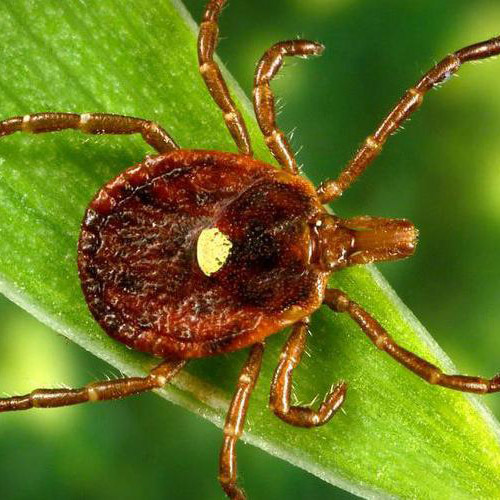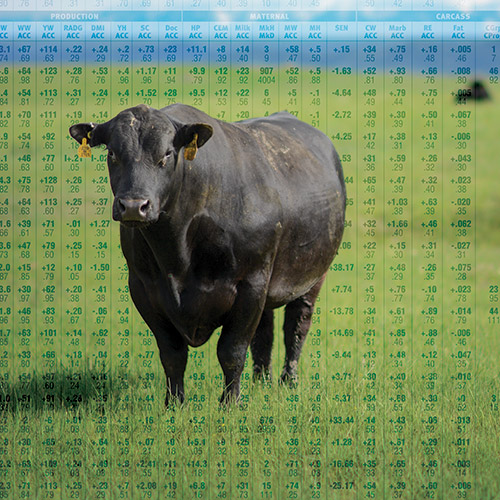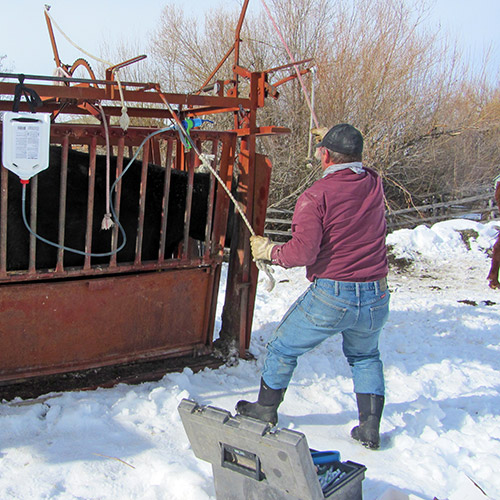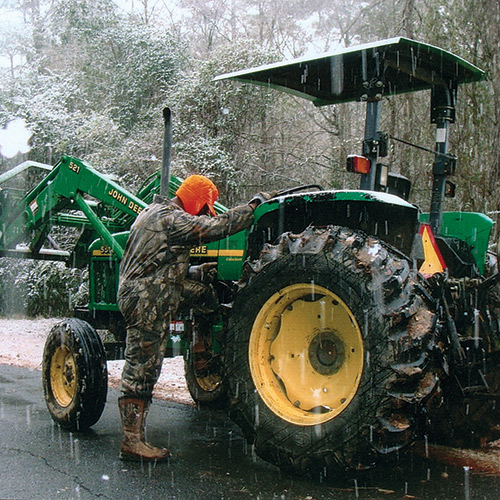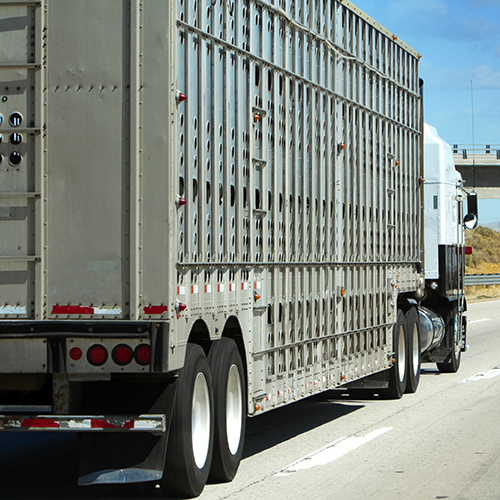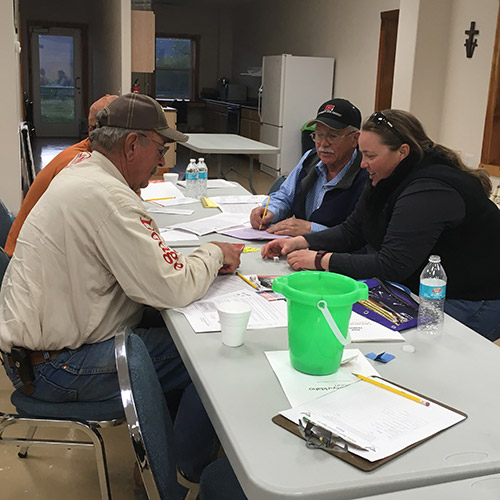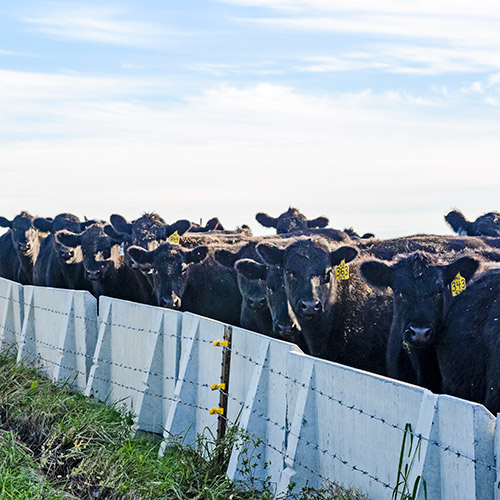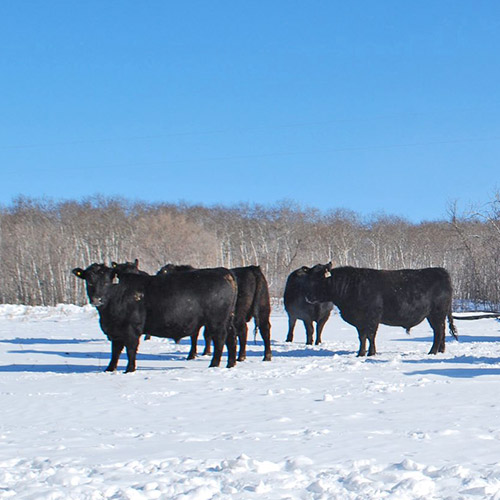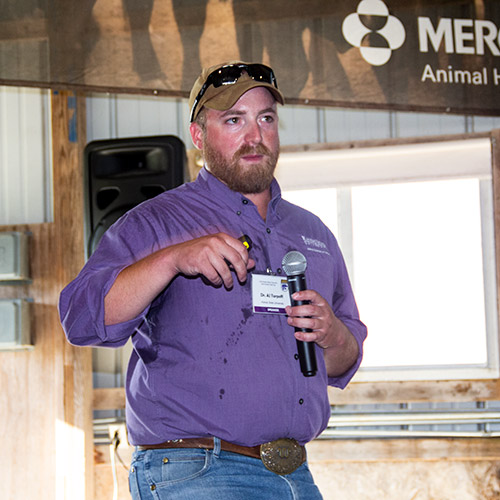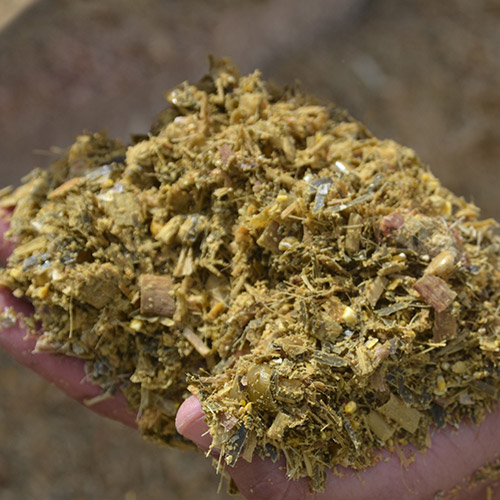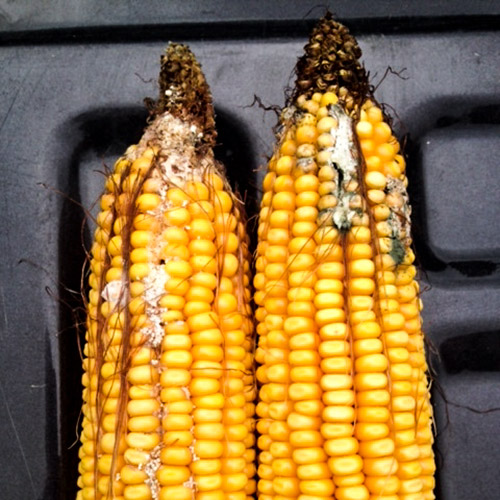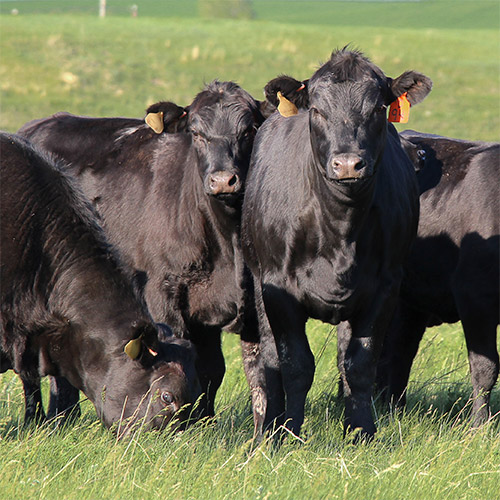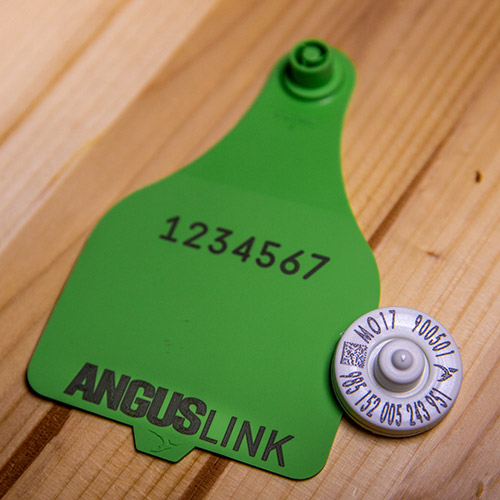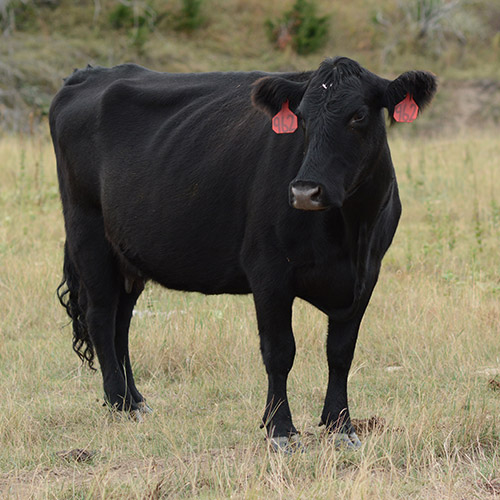Dealing with Foot Rot
Winter footing conditions can lead to foot-rot prevalence.
Foot rot is an infectious condition that causes swelling, heat and inflammation in the foot, resulting in sudden, severe lameness.
Bill Lias of Interstate Vet Clinic, Brandon, S.D., says the main organism causing foot rot is Fusobacterium necrophorum which is an anaerobe — an organism that thrives in environments without oxygen.
“If it gains entry to the foot (usually through a scrape or nick in the skin between the claws), it causes infection and swelling. This organism is found in feces and considered ubiquitous in the environment — pretty much everywhere,” he says.
If cattle have to walk through bogs or stand in mud and manure, they are vulnerable. Lias says they see more cases when it has been muddy, and frozen mud is rough and sharp. When cattle walk on frozen mud or rough ice, the tissue between the toes can get injured.
Luckily, foot rot is easy to treat.
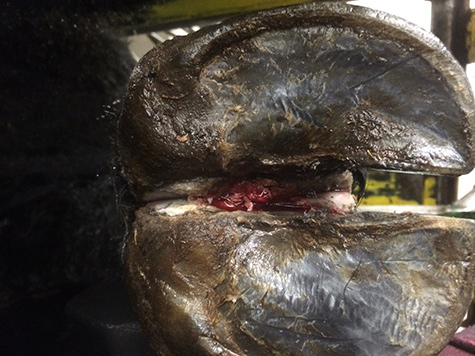 |
“If you can pick that foot up and clean the lesion, scrubbing and debriding the necrotic (dead) tissue out of that interdigital space, it will speed healing,” Bill Lias explains. Restrain the animal in a chute so you can get a good look at the foot and clean it out. If the animal is not treated soon, long-standing or difficult cases may spread into surrounding tissues and get into the tendon sheath, joint or even into the bone. |
“It responds well to most antibiotics if treated early. People use tetracyclines, penicillin, Naxcel®, Ceftiofur, Nuflor® or Draxxin®; they are all labeled for treating foot rot. People generally choose the long-lasting ones so they don’t have to treat again. Consult your veterinarian because one drug might be better than another under various circumstances,” says Lias.
In some cases you may need a diagnosis, because the animal may be lame with a swollen foot for some other reason. It could be a hoof abscess, a nail stuck in the bottom of the foot or even a broken bone. Don’t just assume it is foot rot. The signs of lameness look the same, he says, and it may take close examination to determine the cause.
Local treatment in addition to an injection can help clear up the infection.
“If you can pick that foot up and clean the lesion, scrubbing and debriding the necrotic (dead) tissue out of that interdigital space, it will speed healing,” he explains.
Restrain the animal in a chute so you can get a good look at the foot and clean it out. If the animal is not treated soon, long-standing or difficult cases may spread into surrounding tissues and get into the tendon sheath, joint or even into the bone.
“Advanced infections are challenging to deal with. Sometimes we have to amputate one claw as a salvage strategy to get it healed enough to sell or butcher that animal. If it is lame, it’s hard for the animal to maintain weight, let alone gain back what was lost,” says Lias.
This disease is contagious because the pathogens can be spread if the lesion between the toes breaks open and drains — increasing the number of bacteria in the environment. If one animal in a group gets foot rot, isolate that animal during treatment and recovery.
“For prevention of foot rot, move hay feeders and mineral feeders to clean areas. In a feedlot create mounds so cattle can get out of the mud,” says Lias.
Some cattle may be more prone to foot rot than others, depending on immunities and hoof health. Some have more stress on the feet.
“If the hoof is too long (needs trimming), this can be a factor. Healthy feet and skin are important, so nutrition plays a role,” Lias explains. “Some of the trace minerals like zinc are crucial for general immunity. Research many years ago demonstrated that adequate amounts of zinc seemed to minimize the number of foot-rot cases. A good mineral program aids hoof health and immunity.”
There is a vaccine for foot rot. It is reported in some situations to be an effective control for foot rot, as well as liver abscesses, says Lias.
It is important to monitor cattle, determine whether lame cattle have foot rot, and treat early.
“The one good thing about foot rot is that it does respond pretty well to most antibiotics. If you catch it early and use an appropriate antibiotic in an appropriate dose, treatment is usually successful,” he says.
Editor’s note: Heather Smith Thomas is a cattlewoman and freelance writer from Salmon, Idaho.




